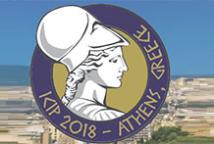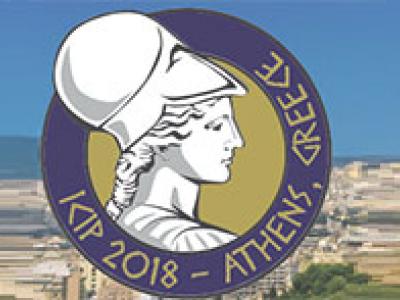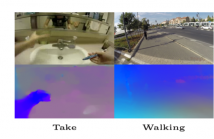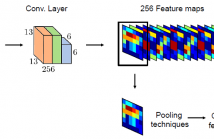
The International Conference on Image Processing (ICIP), sponsored by the IEEE Signal Processing Society, is the premier forum for the presentation of technological advances and research results in the fields of theoretical, experimental, and applied image and video processing. ICIP has been held annually since 1994, brings together leading engineers and scientists in image and video processing from around the world. Visit website.

- Read more about ASSESSINGTHEIMPACTOFTHEDECEIVEDNONLOCALMEANSFILTERASA PREPROCESSINGSTAGEINACONVOLUTIONALNEURALNETWORKBASED APPROACHFORAGEESTIMATIONUSINGDIGITALHANDX-RAYIMAGES
- Log in to post comments
In this work we analyze the impact of denoising, contrast and edge enhancement using the Deceived Non Local Means (DNLM) filter in a Convolutional Neural Network (CNN) based approach for age estimation using digital X-ray images from hands. The DNLM filter contains two parameters which control edge enhancement and denoising. Increasing levels were tested to assess the impact of both contrast enhancement and denoising in the CNN based model regression accuracy.
- Categories:
 30 Views
30 ViewsNumerous recent papers have demonstrated the utility of graph theoretical analysis in conjunction with sparse inverse covariance estimation (SICE) in understanding the modulation of brain connectivity associated with neuropathology. These concepts may complement established knowledge of functional covariance obtained using principal component analysis (PCA) that can reduce whole data representations of brain data to essential disease specific patterns.
- Categories:
 27 Views
27 Views
- Read more about Making Third Person Techniques Recognize First-Person Actions in Egocentric Videos
- Log in to post comments
We focus on first-person action recognition from egocentric videos. Unlike third person domain, researchers have divided first-person actions into two categories: involving hand-object interactions and the ones without, and developed separate techniques for the two action categories. Further, it has been argued that traditional cues used for third person action recognition do not suffice, and egocentric specific features, such as head motion and handled objects have been used for such actions.
- Categories:
 21 Views
21 Views
- Read more about PYRAMID POOLING OF CONVOLTIONAL FEATURE MAPS FOR IMAGE RETRIEVAL
- Log in to post comments
We propose a novel method for content-based image retrieval based on the features extracted from the convolutional layers of the deep neural network architecture. Some of the popular approaches form the feature vectors from the fully connected layers of the convolutional neural networks or directly concatenate the features from the convolutional layers. However, the main problem with the use of feature vectors from fully connected layers is that the spatial information about the objects is lost. This motivated us to use the features from the convolutional layer.
- Categories:
 44 Views
44 Views
- Read more about HADAMARD CODED DISCRETE CROSS MODAL HASHING
- Log in to post comments
Cross-modal retrieval is a hot topic in the fields of machine learning and media retrieval, making it possible to relate different types of media, such as image, text, and audio. A powerful method for the cross-modal retrieval, discrete cross-modal hashing (DCH), has recently been proposed. The DCH can encode different types of media feature vectors to binary codes. When stored in a database, the binary code makes searches efficient because the Hamming distance between the corresponding sections of two binary codes can be computed via a specialized CPU operation.
ICIPposter.pdf
- Categories:
 29 Views
29 Views
Computer-aided diagnosis (CAD) has great potential in providing real benefits to doctors and patients. Recent studies have, however, found lack of trust in CAD by radiologists in clinical diagnostic decision making. One of the main reasons is the lack of an appropriate confidence measure. This paper presents the first-ever study of classification confidence in the context of breast mass classification.
- Categories:
 16 Views
16 Views
- Read more about BLIND IMAGE QUALITY ASSESSMENT WITH A PROBABILISTIC QUALITY REPRESENTATION
- Log in to post comments
PQR_ICIP.pdf
- Categories:
 28 Views
28 Views
- Read more about DEEP IMAGE COMPRESSION WITH ITERATIVE NON-UNIFORM QUANTIZATION
- Log in to post comments
- Categories:
 38 Views
38 Views